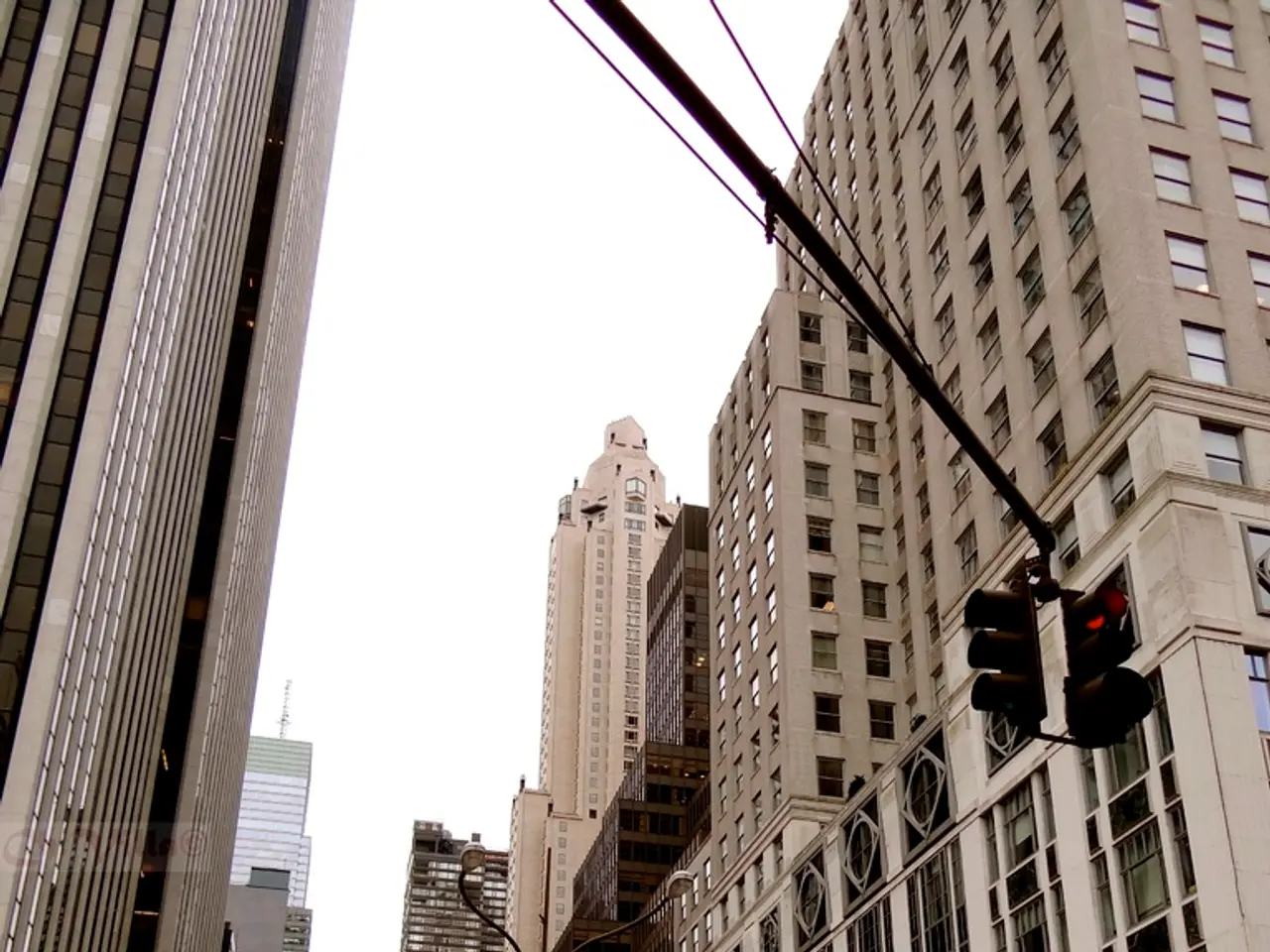Has Google Earth Morphed into a Crime-Solving Tool, or a Covert Espionage Device in disguise?
In the realm of digital innovation, Google Earth has emerged as a transformative tool, offering a window into the world that has captivated millions since its inception. This powerful mapping and satellite imagery platform has revolutionised access to geographic and infrastructural information, enabling diverse uses from navigation to research.
One of Google Earth's most notable features is its ability to uncover environmental violations by monitoring changes over time. However, its power to reveal what was once hidden has also sparked concern about privacy and surveillance. The capability to zoom into any location on Google Earth raises significant privacy concerns, with critics arguing that constant surveillance could lead to an Orwellian society.
Google Earth serves as more than just a map, potentially capturing criminal activities and aiding law enforcement in solving crimes, such as locating lost persons, illegal activities, and environmental violations. Yet, the debate surrounding its use centres around whether it serves public interest or infringes upon individual privacy rights.
The platform's transparency exposes private residences and public spaces in high detail, visible to anyone online. To address these concerns, Google facilitates requests to blur homes of individuals, including celebrities, to prevent privacy invasions, stalking, or burglary. However, the effectiveness and possible drawbacks of blurring are subjects of ongoing debate.
Beyond privacy concerns, the high-resolution imagery of sensitive sites, such as military bases and critical infrastructure, generates serious national security concerns. For instance, India’s strategic installations are visible on Google Earth, attracting debate on whether such exposure increases vulnerability to terrorism or espionage. This has sparked discussions about the need for nations to develop independent mapping systems and reduce reliance on publicly available satellite imagery.
The potential uses of applications like Google Earth extend beyond navigation or entertainment, influencing geopolitics, commerce, and space exploration planning. Technology like Google Earth can assist in justice and accountability, but it also raises questions about privacy and surveillance. The progress with Google Earth teeters on innovation versus control, an ongoing conversation in today's digital age.
As we look towards the future, the integration of AI with geospatial data could lead to predictive analytics for urban development or disaster response with Google Earth. Yet, this raises further questions about technological responsibility and the balance between security benefits and personal freedom.
In conclusion, Google Earth embodies a complex balance between utility, privacy, and socio-political concerns. While it offers immense public utility, it also challenges privacy norms and national security frameworks. The ongoing effort to balance these involves technical measures, policy debates on access and control, and the development of sovereign geospatial technologies to mitigate risks associated with open-access satellite imagery.
- The integration of technology with Google Earth, such as the potential use of AI for predictive analytics, broadens its applications to areas like urban development and disaster response, but it also incites debates about technological responsibility and the balance between security benefits and individual privacy.
- The high-resolution imagery provided by Google Earth, including that of sensitive sites like military bases and critical infrastructure, can generate national security concerns, leading to discussions about the need for nations to develop independent mapping systems and reduce reliance on publicly available satellite imagery.




